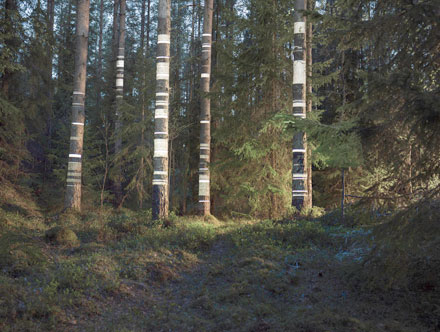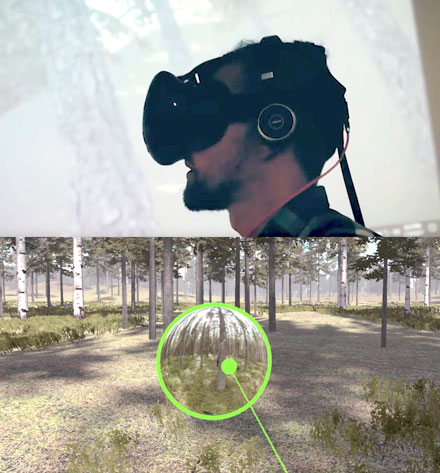
The world of the future must run on renewable raw materials instead of fossil fuels. Wood is the best renewable raw material, and in Finland it grows faster than it is used. Source: Timberbiz
Digitalisation is transforming the Finnish forest industry, providing unprecedented solutions that make forests more intelligent.
Data can be collected from forests using innovative methods, and modern data can be used to optimise forest use and management. Virtual forests are also emerging. The Metsä Group, a Finnish forest industry company, has developed innovative digital services for forest owners and leads the way in the industry.
Finland is the most forested country in Europe: forests cover more than 75% of the country’s area.
As a result of sustainable forest use and management over the decades, the amount of wood that grows every year exceeds clearly the amount used.
Digitalisation has progressed rapidly in the forest industry, offering new opportunities. This involves expertise, technologies and solutions that are unique in the world.
In the future, forest management will increasingly be independent of time and place. More than half of Finland’s forests are owned by private individuals, and forest owners will soon be able to visit their forests in their living room, using a virtual reality headset. 
Metsä is actively developing new technologies for forest owners.
“I believe that in the future every tree growing in Finland will be modelled, and we will know the exact location, length, diameter, species and other key data,” Juha Jumppanen, SVP, Member Services, Metsä Group said.
“We have developed a virtual forest demo with our partners, and the goal is for us to be able to cost-efficiently create a virtual twin based on any forest.”
Metsä has also tested drones with cameras with good results.
“Drones will help us obtain significantly more accurate and varied information from forests than is possible now. For example, damage caused by beetles can be detected before it’s visible to the human eye,” Mr Jumppanen said.
“These modern methods will bring forest use and management into a new era. They will enable us to reduce the cost of forest planning and obtain more detailed information about forests.”
The world’s first electronic wood trade transaction took place in Metsä Group’s Metsäverkko online service in June 2015. Since then, electronic services have grown strongly: in 2017, around 25% of Metsä Group’s wood trade was carried out digitally, and even a larger proportion of forest management services were sold through the electronic channel.
Fighting climate change is key, in addition to the circular economy, where renewable natural resources are used in a manner that enables them to stay in circulation for as long as possible.
The forest industry plays an extremely important role in the circular economy, as wood-based products are a sustainable alternative to products made from fossil-based, non-renewable natural resources.
“The world’s population is estimated to increase by more than a billion people over the next 10 years, and there’s an increasing need for materials. The need for textile fibres will grow, for example, but we are facing the ecological limits of cotton production. New wood-based fibres that are less burdensome on the environment are also needed to replace oil-based synthetic fibres,” Riikka Joukio, SVP, Sustainability and Corporate Affairs, Metsä Group said.
New and renewable products made from wood-based raw materials are being developed actively. In the future, almost anything can be made from wood fibre.





